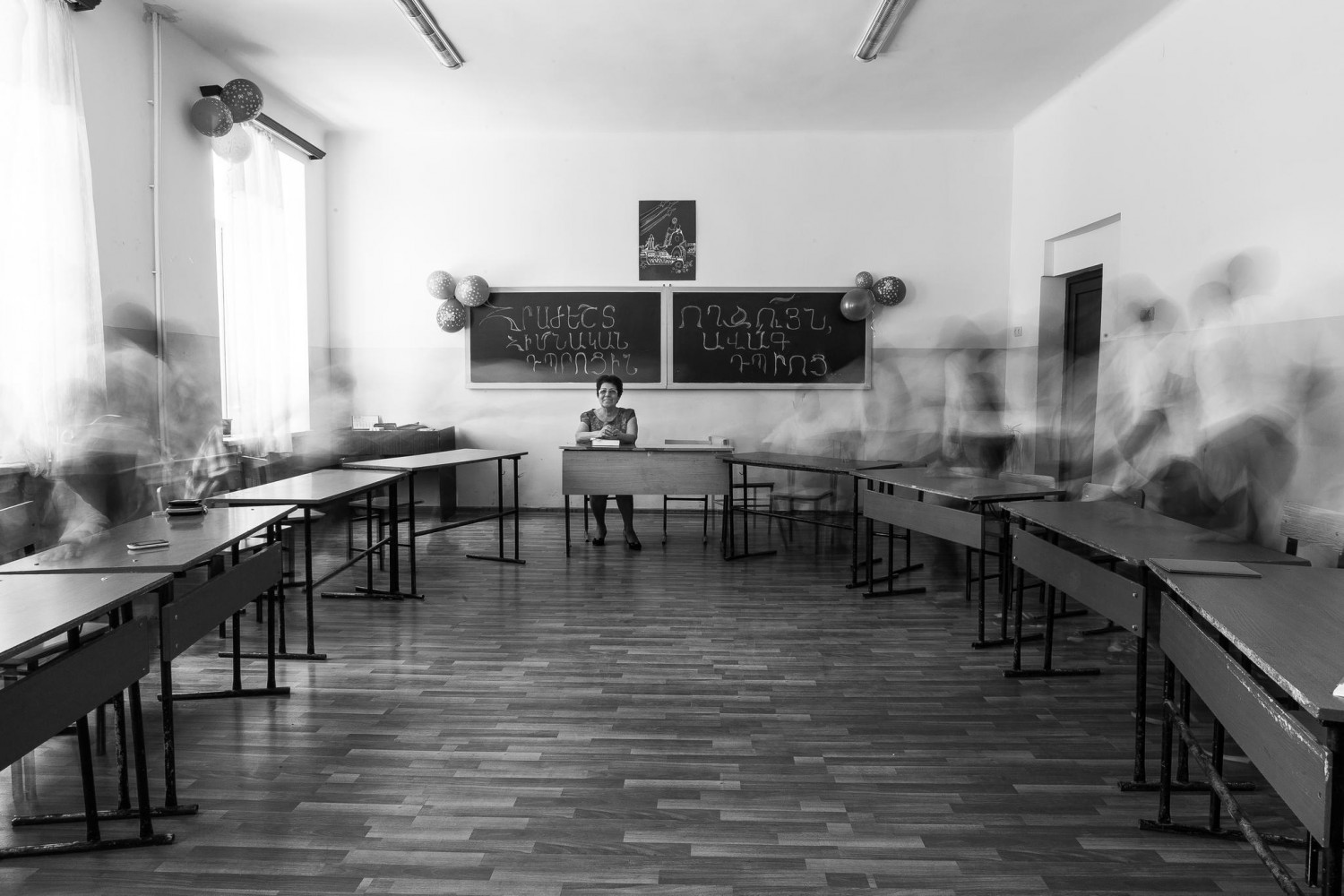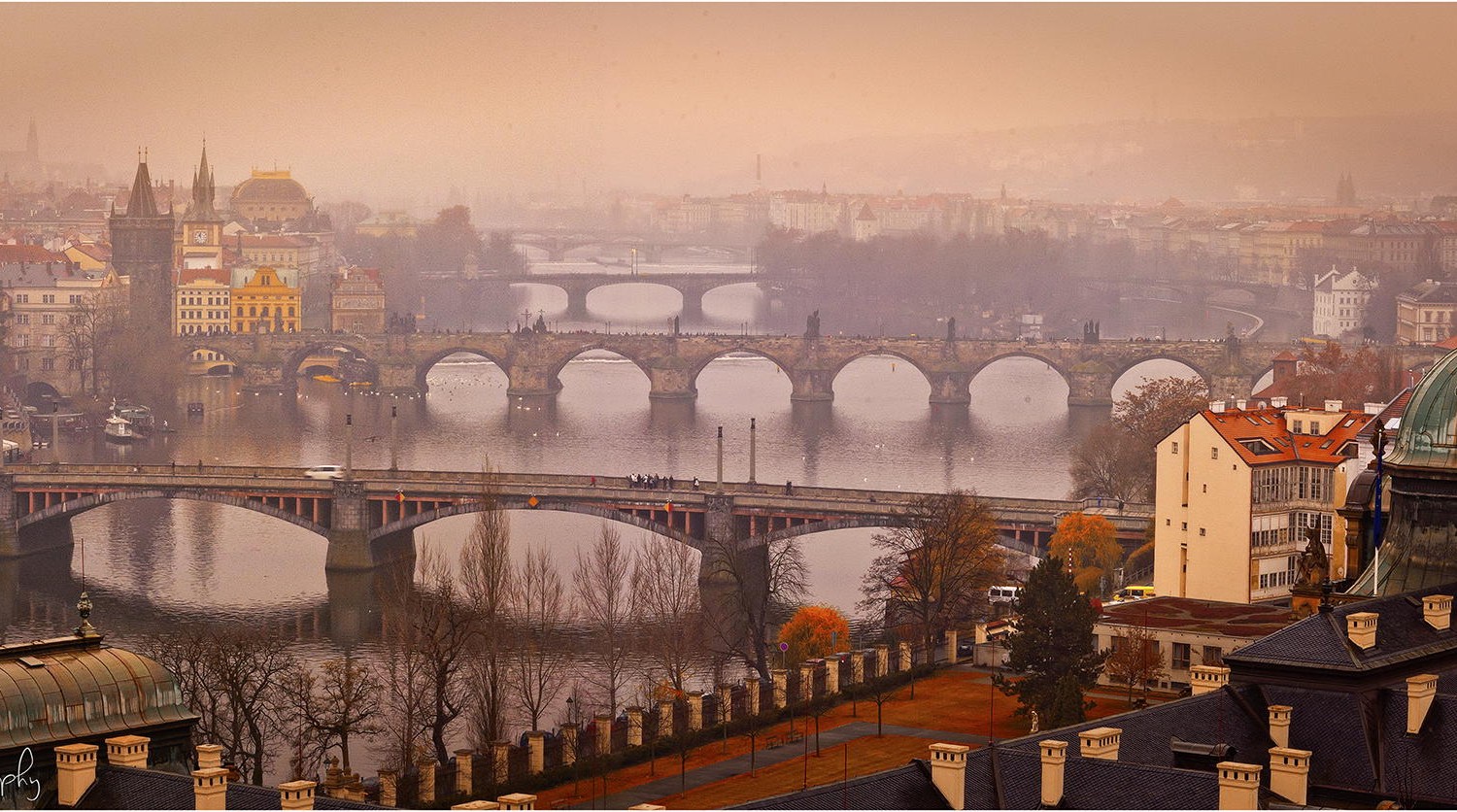This spectacular night sky timelapse by photographer Stian Rekdal is proof that the Northern Lights or aurora borealis is — hands down — the greatest show on the planet.
Press play to feast your eyes (and full attention) on, “Encounters”:
From location scouting to prepping gear—we caught up with the photographer himself to talk about the making of his film. Scroll down for the Q&A.
Hi Stian! What inspired you to go out and shoot this film?
STIAN REKDAL: The Northern Lights have always fascinated me. To see them dance across the sky is something everybody should experience in person at least once in their lifetime. Alesund, the town in Norway where I live, is not far enough North to see them unless they are relatively strong. It is also prone to cloudy weather, making things even more difficult. It’s still something rare and exotic when we do see them here. This winter, I took any opportunity I got to shoot them.
How long did it take for you to shoot this?
STIAN: On top of spending countless nights under the stars near my hometown, I also travelled to Lofoten and Troms in the north of Norway, and spent five weeks over two trips in Iceland collecting footage. When I made this film, I wanted to show some of my favorite sequences of the Northern Lights from this winter. In total, I think I had more than an hours’ worth of material to choose from, all shot between late August and early April. Editing it down to the two minutes you see in the final, complete video was difficult to say the least.
How did you choose your locations, and what influenced your choices?
STIAN: I’m very picky when it comes to locations. For Northern Lights sequences in particular, I try my best to stay away from the light pollution from towns, and avoid having stray lights from cars, boats, planes, people in my shots. Having a well-defined and interesting foreground for every shot is also a priority.
How did you prepare for this shoot?
STIAN: Most of the preparation is simply keeping an eye on the weather and Northern Lights forecasts. Knowing when they are likely to appear is key. Fortunately, there are lots of resources online that will help you with this.
What equipment did you use to shoot, and how did they achieve the effect you wanted in your timelapse?
STIAN: For this video, I used a lot of different equipment. I used two Nikon D800 bodies, a Nikon 14-24mm f2.8, a Samyang 24mm f1.4 and a shaved Nikon 10,5mm f2.8 DX fisheye. The D800 is a monster when it comes to timelapse because of it’s high dynamic range and 36-megapixel resolution. The lenses I used were all wide aperture lenses that are good for shooting in low light conditions. The parallax displacement effect you see in some of the sequences is achieved by using various motorized motion control devices. The Dynamic Perception Stage One, the rail you see in the last shot of the video, is a motorized rail system that moves the camera along the track between every picture. By adding a pan & tilt head to the rail, I can control how the camera moves over three axes through the scene I am recording.
Is photography and videography a hobby or a full-time job for you?
STIAN: Photography has been my full-time job for the last two-and-a-half years. I specialize in ultra high resolution stock and custom timelapse photography. Occasionally, I do still photography and conventional video work.
How did you get into photography, and later on, transition to creating short films? Or did film come first before photography?
STIAN: I’ve always loved traveling, and would usually bring a camera whenever I did. I got my first DSLR, a Nikon D40x, back in 2007. I spent a lot of time teaching myself how to use it and how to post-process the pictures I took. It wasn’t until early 2011 that I started experimenting with timelapse photography. It added another element to my photography—to show the sun setting, the clouds moving, and the light changing instead of a single static picture.
Do you have any advice for 500px photographers who would like to shoot timelapses?
STIAN: More than anything else, timelapse photography is about patience. That 300-picture sequence of the sunset you spent hours to capture still needs a couple of hours of post-processing and rendering before you can see the final result: 10-12 seconds of video. So, if you’re not prepared to devote a lot of your time to it, timelapse photography may not be for you. But if you are, there’s only one thing to do—get out there and experiment.
Name some photographers and filmmakers who have influenced your work.
STIAN: Tom Lowe has been forerunner in the field of timelapse photography and an inspiration to a lot of photographers like myself in recent years. Fellow Norwegians Terje Sørgjerd and Ole Christian Salomonsen also have to take some of the credit for my obsession with timelapse and the Northern Lights.
Watch Stian Rekdal’s “Elemental Iceland”
We also loved your film, “Elemental Iceland”. Can you talk a little bit about your experiences while working on this?
STIAN: Iceland certainly has more than its fair share of beautiful landscapes. “Elemental Iceland” was a product of my first visit there in September of 2013. The weather didn’t cooperate much in the three weeks I was there that time, and there were a lot of locations I had researched for that trip that I didn’t get to shoot because of it. So, I went back for another two weeks in late March this year to try again. This time, I researched even more locations, and the weather again didn’t allow me to shoot all of them. I think that’s a bit of the charm of Iceland. There are so many mind-blowing locations—for each one you shoot, you discover two new ones.
Follow Stian on 500px to see more of his awesome work.
You can also check out his Vimeo, follow his tweets, and thumb him up on Facebook.
Want more inspiration? Browse more images of the Northern Lights!
















Leave a reply